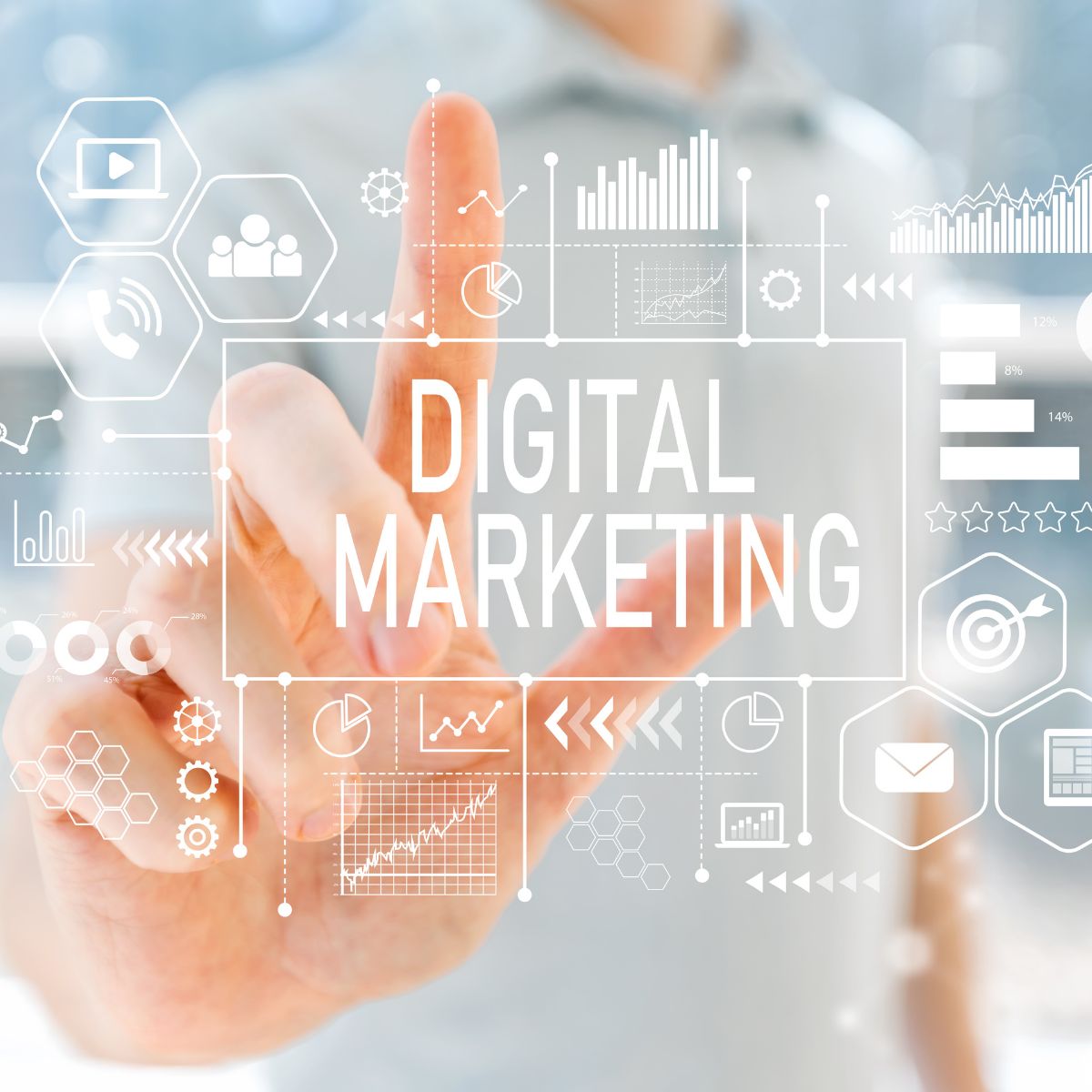Digital marketing is a dynamic field that continuously evolves, requiring businesses to adapt quickly to stay relevant. For companies aiming to grow their online presence, simplicity combined with effectiveness is often the key to success. Implementing strategies that are easy to execute but impactful can save time, resources, and maximize return on investment. In this article, we will explore five straightforward yet highly effective digital marketing tactics that can help businesses achieve significant results while maintaining a focus on efficiency and scalability.
1. Content Marketing: Provide Value and Build Authority
Content marketing remains a cornerstone of online strategy. By creating high-quality, informative, and engaging material, businesses can attract, educate, and convert their target audience. Blogs, videos, infographics, and guides are excellent tools to share knowledge while demonstrating industry expertise.

Why it Works
Search engines prioritize valuable, original content, making it a crucial part of search engine optimization (SEO). Consistently publishing relevant materials helps websites rank higher in search results, leading to increased traffic and visibility.
How to Implement
- Research trending topics and keywords using tools like Google Keyword Planner.
- Develop a content calendar to ensure regular posting.
- Diversify formats to cater to different audience preferences, such as visual learners or readers.
By offering solutions to common problems or answering frequently asked questions, businesses can establish themselves as trusted authorities in their niches.
2. Social Media Marketing: Build Community and Engagement
Social platforms are essential for fostering connections with customers. Whether it’s Facebook, Instagram, LinkedIn, or TikTok, social media enables brands to reach millions of potential clients while engaging directly with their followers.
Why it Works
Platforms like Instagram and TikTok have algorithms that prioritize engaging posts, while Facebook allows for precise targeting through ads. Leveraging these capabilities ensures better reach and interaction.
How to Implement
- Post consistently at optimal times to maximize visibility.
- Use engaging visuals and compelling captions to encourage likes, comments, and shares.
- Monitor analytics to refine strategies based on performance data.
Social media provides the dual advantage of direct customer engagement and the ability to share updates, promotions, or behind-the-scenes content, all contributing to a well-rounded marketing strategy.
3. Email Marketing: Stay Connected with Personalized Messages
Despite the growth of newer channels, email marketing remains one of the most effective digital marketing methods. With an impressive return on investment (ROI), personalized emails can help businesses nurture leads and build long-term relationships.
Why it Works
Emails allow for targeted messaging tailored to customer preferences and behaviors. With segmentation, businesses can send the right message to the right audience at the right time, increasing the likelihood of conversion.
How to Implement
- Build a robust subscriber list using lead magnets like eBooks, discounts, or exclusive content.
- Segment email lists based on user activity, demographics, or purchase history.
- Use tools like Mailchimp or HubSpot to automate campaigns and analyze performance.
By focusing on crafting compelling subject lines and delivering valuable content, businesses can keep subscribers engaged and encourage repeat purchases.
4. Search Engine Optimization: Optimize for Long-Term Visibility
A well-optimized website is the backbone of any digital marketing plan. SEO involves tailoring a site’s content and structure to make it more attractive to search engines, helping it rank higher in search results.
Why it Works
Higher rankings lead to more organic traffic, reducing the need for paid advertising. Additionally, SEO offers long-term benefits by establishing credibility and increasing the likelihood of repeat visits.
How to Implement
- Conduct keyword research to identify phrases your target audience uses.
- Optimize meta descriptions, headers, and images with relevant keywords.
- Focus on mobile-friendly designs, as a large percentage of web traffic comes from smartphones.
Businesses should also prioritize local SEO by claiming their Google My Business profile and encouraging positive reviews, making it easier for nearby customers to find them.
5. Pay-Per-Click Advertising: Fast-Track Lead Generation
Pay-per-click (PPC) advertising allows businesses to display ads on search engines or social platforms and pay only when users click on them. This strategy is perfect for generating immediate visibility and leads.
Why it Works
Unlike organic methods, PPC delivers quick results by placing ads at the top of search results or on highly visited websites. Its flexibility allows businesses to control budgets and target specific demographics.
How to Implement
- Start with a modest budget and gradually increase based on performance.
- Use platforms like Google Ads or Facebook Ads Manager for targeted campaigns.
- Test different ad formats and analyze click-through rates to optimize effectiveness.
Combining compelling visuals with clear calls-to-action ensures a higher click rate and maximizes ROI.
Combining Strategies for Maximum Impact
While each strategy can stand alone, combining them amplifies results. For example, using PPC to drive traffic to a well-optimized website increases conversion potential. Similarly, leveraging social media to promote blog content expands reach and engagement.

Businesses should continuously analyze their efforts using analytics tools like Google Analytics to identify strengths and areas for improvement. Adopting a mix of these strategies ensures balanced growth and resilience against industry changes.
Digital marketing doesn’t have to be complex to be effective. By focusing on simple yet powerful strategies like content creation, SEO, and email campaigns, businesses can achieve significant results without overcomplicating their processes. The key lies in understanding your audience, staying consistent, and continuously adapting to trends. By integrating these five strategies into your marketing plan, you can build a strong online presence, foster customer loyalty, and drive sustainable growth in an ever-changing digital landscape.

Leave a Reply